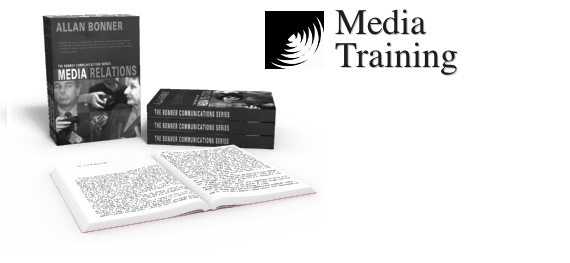
In a span of little more than 50 years, what we now know as “the media” has grown to become one of the most significant social factors in our daily lives. It informs us, it entertains us and — whether we like it or not — it helps shape our thoughts and opinions.
It is this characteristic that makes it important for companies, organizations, institutions and some individuals to analyze their particular situations so they can decide if they need to develop a media strategy. A strategy may consist of no more than trying to avoid the media. That’s not very imaginative — it may even be unrealistic — but any strategy is better than no strategy.
It is important to remember that “media” is collective: it includes all types of communication, technology, and people. A weekly newspaper in a small, rural community is just as much part of the media as a national television network. The young and often inexperienced reporters who work for the former may appear to have very little in common with the photogenic anchors and correspondents of the latter. But they’re all interested in a big story. And quite often what starts out as an interesting but unremarkable local story can very quickly turn out to be part of a much larger story on a national or international network.
Trade publications and programs, community cable television, shopping mall flyers and Internet sites and services are also part of the media. So are billboards, direct mail, skywriting planes and the Goodyear Blimp. They are all media of communication and all can have some impact on the way a company, organization or person is seen by others. But for all practical purposes, it is the news media and particularly the large, well-established news organizations that have the power to change the attitudes and opinions of whole communities. This is the sector of the media — the news sector — on which we will focus.
